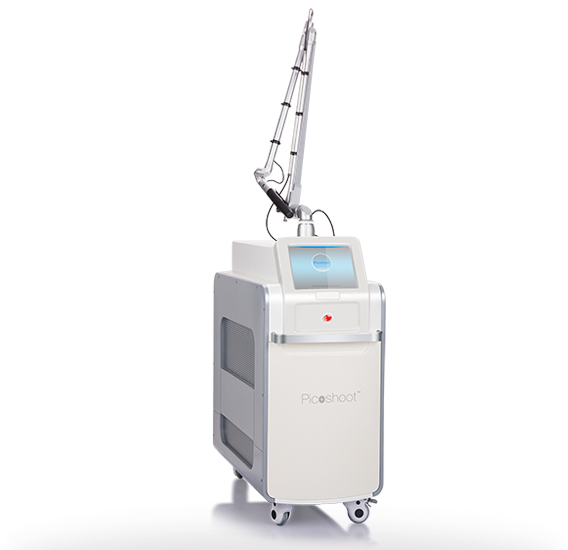
Yang Yusheng pointed out that with current lithium-ion batteries with
specific energy, a pure electric vehicle has a reasonable design mileage of
about 150 kilometers. Longer mileage requires more batteries. The body is heavy,
wastes energy, and has poor safety. For example, BYD e6, the battery weighs 700
kilograms and consumes 19.5 degrees per hundred kilometers; Tesla also burned 7
cars in 2 years because of the poor safety of the battery.
In recent days, there has been a lot of discussion about the data of new
energy vehicles in the first half of the year. According to the news released by
the Ministry of Industry and Information Technology, my country's new energy
vehicle output rose sharply in the first half of the year. From January to June
2015, a total of 78,500 new energy vehicles were produced, a year-on-year
increase of three times. Among them, the production of pure electric passenger
vehicles was 36,300, a year-on-year increase of 3 times, and the production of
plug-in hybrid passenger vehicles was 20,400, a year-on-year increase of 4
times; the production of pure electric commercial vehicles was 15,500, a
year-on-year increase of 5 times. 6,406 electric hybrid commercial vehicles were
produced, a year-on-year increase of 74%.
Looking at such bright data, many people feel that their confidence has
doubled. But in fact, the development of new energy vehicles is still full of
hidden dangers, and the battery is one of the most important factors restricting
development.
Recently, at the 4th China Electric Power Development and Technological
Innovation Academician Forum hosted by the Chinese Academy of Electric Power
Research, Yang Yusheng, an academician of the Chinese Academy of Engineering,
proposed that the development of electric vehicles is determined by batteries,
and the development of electric vehicles requires the "power" of batteries. ,
Otherwise it may face greater danger.
"Pure electric buses have developed abnormally under high subsidies, and
the'pawo' are found in all cities, and the country has suffered serious losses."
He pointed out that with the current lithium-ion batteries with specific energy,
the reasonable design mileage of pure electric vehicles is about 150 kilometers.
Longer mileage will require more batteries, the body will be heavier, energy
will be wasted, and safety will be poor. For example, BYD e6, the battery weighs
700 kilograms and consumes 19.5 degrees per hundred kilometers; Tesla also
burned 7 cars in 2 years because of the poor safety of the battery.
Compared with pure electric vehicles, Yang Yusheng prefers extended-range
electric vehicles, because the battery is charged by the generator while the
vehicle is running, and the battery is always running between half-charged and
half-discharged. The advantage of this state is that the internal resistance of
the battery is minimized and the heat generation is small; it is safe and secure
if it is not charged; it has a long cycle life when it is discharged; it reduces
the inconsistency problem; it can simplify the power management system.
"Beijing advocates the development of pure electric vehicles, and believes
that extended-range electric vehicles need to burn fuel and it is not
environmentally friendly. But I think that if all cars in Beijing are converted
into extended-range vehicles, half of the fuel consumption can be saved
immediately, which is relatively easy to do. But it is very difficult to replace
half of all cars in Beijing with pure electric cars," he said.
Another model that he thinks should be vigorously developed is a small
short-range electric vehicle. He disagrees that many people now compare the
driving range of electric vehicles with traditional vehicles. “The specific
energy of batteries is about 50 times smaller than that of gasoline. It is
difficult for electric vehicles to reach the level of traditional vehicles. The
battery’s power must be measured. 'Yes, vigorously develop small short-range
electric vehicles to achieve the goal of green and energy-saving. But now this
type of vehicle has not obtained a'birth permit' and it is still an illegal
product." He expressed regret.
For the development of my country's battery industry, Yang Yusheng gave
four suggestions:
First of all, safety must be the first priority, not one-sided pursuit of
high energy. Batteries are energy-containing devices, which have varying degrees
of danger, and there is no absolutely safe battery. But the difference in safety
is very big. It is necessary to give priority to the use of high-safety
batteries, rather than sacrificing some specific energy. Lithium-ion batteries
need to increase specific energy, but pay special attention to safety first. At
the same time, the design of large-scale power storage should be controlled so
that no chain reaction occurs; safe operating procedures should be adhered to
during use, and must not be abused. Abuse will have a great impact on battery
life.
Secondly, we must pay attention to environmental protection issues, because
batteries use chemical materials, improper handling will pollute the
environment. But Yang Yusheng disagrees with many people's belief that lead-acid
batteries pollute the environment and lithium-ion batteries are green.
"Lead-acid batteries themselves do not pollute the environment. Poor
management and inadequate supervision of the production and regenerated lead
processing process may cause harm to the environment, but it is not a battery
problem. The output of lead-acid batteries in the United States is equivalent to
my country’s and is not a polluting industry. In general. It is wrong to say
that lead-acid batteries pollute the environment. The introduction of a
consumption tax on lead-acid batteries in 2016 is unreasonable." He said, in
fact, it is not right to say that lithium-ion batteries are green in general
because lithium-ion batteries contain a lot of chemicals and the production
process is also problematic. A lot. If it contains lithium hexafluorophosphate,
fluorine-containing chemicals are used in the preparation, and hydrogen fluoride
is generated when it encounters water vapor in the treatment of waste batteries.
In addition, discarded lead-acid batteries are basically recycled, and the
problem of discarded lithium-ion batteries is more prominent.
Once again, there must be compatible storage and development of the battery
industry. There is no universal battery. The ruler is short and the inch is
long. Don't just say that a certain battery will replace a certain battery, but
use a variety of batteries to give full play to its new technologies and new
uses. At the same time, we must conscientiously think and innovate instead of
following the trend; we must welcome the birth of new battery systems and new
materials and technologies, but we must be wary of stealing concepts, making
mysteries, and exaggerating behaviors.
"For example, nickel-carbon supercapacitors are actually nickel-metal
hydride batteries with activated carbon. Apart from a long life, other
performance is not outstanding. There is also a bit of exaggeration to say that
the world has entered the age of aluminum batteries." Yang Yusheng said.
Finally, all technologies have the next generation, but the next generation
must be carefully demonstrated. For example, the next generation of lithium-ion
batteries is lithium-sulfur batteries, and the next generation is lithium-air
batteries; the next generation of lead-acid batteries is developed to super
batteries and then to lead-carbon batteries.
So how should different batteries develop next? Yang Yusheng also gave the
answer.
The safety of lithium-ion batteries should be the first priority, high
specific energy, high specific power, long life, wide temperature range, high
voltage, various application technologies must be expanded, and large-scale
energy storage will continue to be demonstrated; lithium-sulfur batteries To
overcome the three major hurdles of life, power and safety, we can focus on
innovative sulfur-lithium-ion batteries; flow batteries should increase the
degree of automation and energy efficiency, do not expand the scale, reduce
costs, and summarize economic benefits; supercapacitors It is necessary to make
breakthroughs in high-performance super activated carbon material technology,
replace imports, and reduce costs.
He also reminded everyone that the four types of batteries should be
developed carefully, and even consider whether to continue to develop. Including
lithium flow batteries with questionable safety, high cost and inconvenience;
sodium-sulfur batteries with poor safety; lithium-air (oxygen) batteries;
renewable fuel cells with low energy efficiency and complex systems.



































